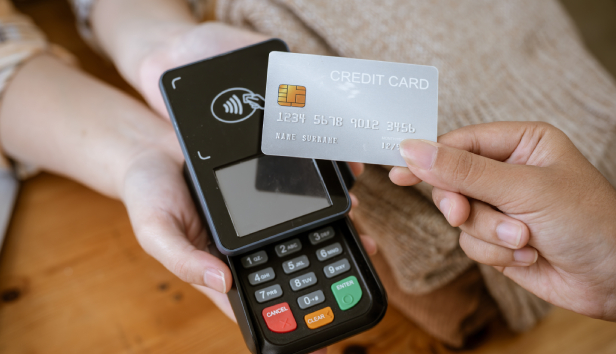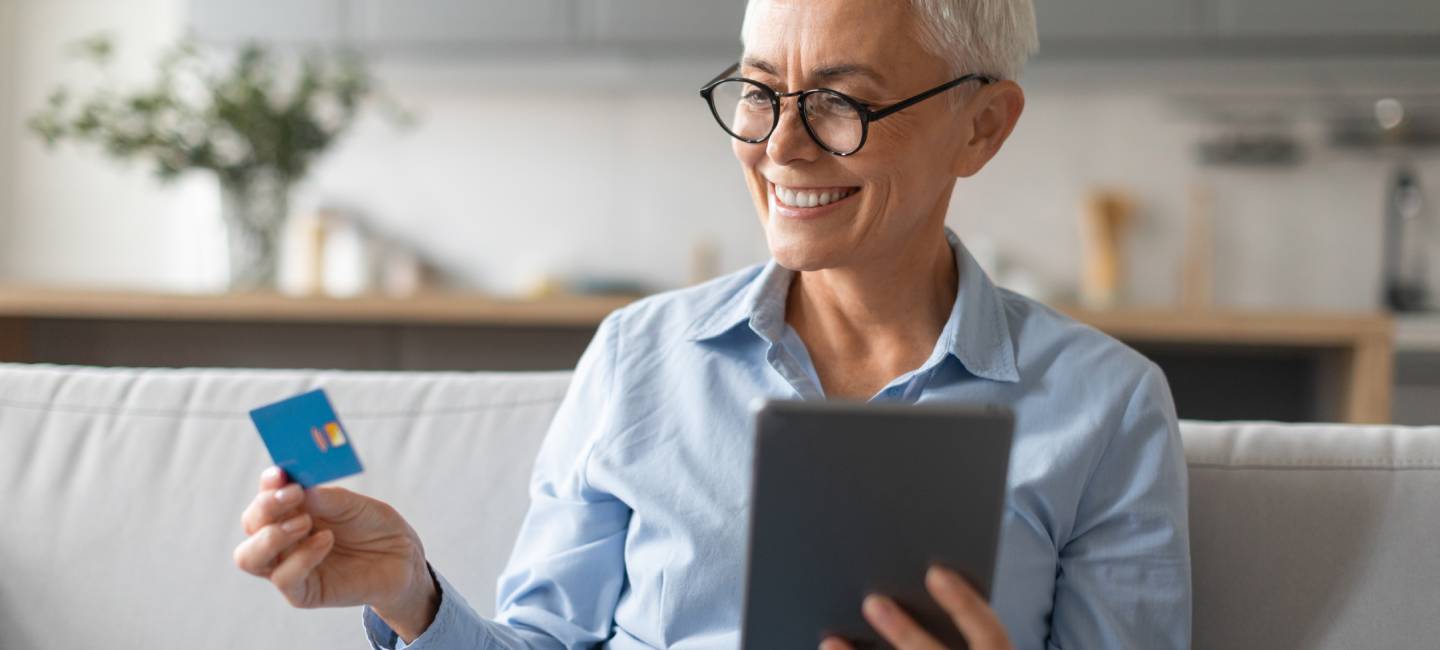
This article is for general guidance only and is not financial or professional advice. Any links are for your own information, and do not constitute any form of recommendation by Saga. You should not solely rely on this information to make any decisions, and consider seeking independent professional advice. All figures and information in this article are correct at the time of publishing, but laws, entitlements, tax treatments and allowances may change in the future.
With household budgets squeezed, finding ways to save on everyday spending is more crucial than ever. The Blue Light Card, a discount scheme for health, emergency and social care workers (including retired staff), has now opened its doors to teachers. For a £4.99 fee, it promises access to thousands of discounts.
But for teachers, and indeed anyone eligible, is this discount card a smart financial move, or just another expense?
What’s on this page?
The Blue Light Card costs £4.99 for two years’ membership, and gives access to around 15,000 discounts, from large national retailers to local businesses. You can use the service to save money on shopping, holidays, days out, insurance and phones.
Many smaller businesses are also signed up, so you can often shop local when using your card. There are also occasional “member-only days” at various theme parks, as well as Warwick Castle, when you can get various benefits as well as smaller crowds.
If you download the Blue Light Card app, you can search by category or choose the ‘near me’ option to find local businesses.
Current Blue Light Card discounts include:
Eligible people include:
You can also get a Blue Light Card if you are retired from the NHS, emergency services or armed forces veterans. Retired teachers are not able to join the scheme.
If eligible, you can register via the website, uploading work identification or a payslip to prove that you qualify.
To use the Blue Light Card, you’ll have to present your card when shopping in-store or you’ll need to show the retailer a discount code (found through the Blue Light Card website or app). When shopping online, you’ll need the discount code, or you may be able to follow a link directly from your Blue Light Card online account.
If you use Google Chrome as your internet browser, you can add the free Blue Light Card Chrome extension, which automatically checks for discounts on the website you’re browsing.
Some retailers don’t offer a discount directly, but instead you can buy vouchers at a discount via Reward Gateway, which is Blue Light Card’s trading partner. Just be aware that, similar to making a purchase with gift vouchers, if the retailer then goes into administration, if your money goes via a third-party voucher provider you may not have the same protection as if you’d bought through a credit card or even a debit card.
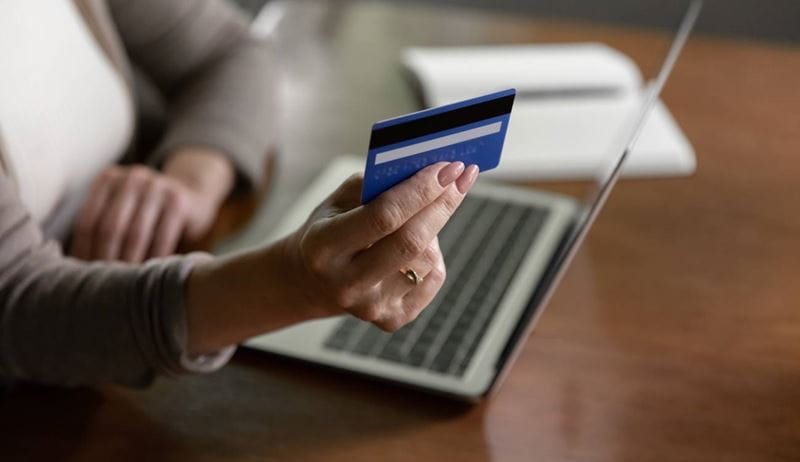
Yes, teachers in schools or colleges for pupils under the age of 18 are now eligible for the Blue Light Card. School support staff are also eligible. The scheme initially opened to teachers in August 2024, but registrations were suspended because of tech issues. But teachers can now register.
There are other similar schemes to Blue Light Card. Some overlap, while others are open to different groups.
It depends. You may be able to find better deals elsewhere. If you’re still working, many employers (especially large ones) sign up to other similar schemes such as EdenRed, Rewards Gateway and Perkbox, which don’t have any cost attached.
You can ‘stack’ the Blue Light Card discounts with other savvy shopping practices to save even more. Using cashback sites, store loyalty cards or cashback credit cards can boost your savings (but make sure to pay your credit card off immediately to avoid interest charges).
Consumer expert Jane Hawkes advises checking with stores whether they accept the card, as it might not always be clear. She says some offers are time-limited, so it’s worth checking the website or app regularly for new deals, and always check the terms and conditions before you splash out.
“Use the Blue Light Card on bigger spends to make your money back quicker, check the app before shopping, and keep an eye on offers as businesses can change or withdraw them,” says Hawkes.
With Blue Light Card, you won’t get a full picture of where the discounts are until you sign up, so it can be hard to know how much use you’ll get out of the card – but the low cost makes that a fairly small risk. If you use a local business that offers a Blue Light Card discount, then it’s likely to be worth getting the card.
Hawkes thinks it’s worth it overall. “The cost of £4.99 for two years is good value, and you only need a couple of good discounts to make that money back.” Compared with Health Services Discounts, she says it is ‘swings and roundabouts, depending where you shop and what you buy’.
“There is no fee for Health Service Discounts, but Blue Light Card is more widely accepted at more retailers. It also offers lots of in-store deals and exclusive offers you won’t find elsewhere. However, all healthcare workers are eligible for Health Service Discounts and members can also apply for a cashback card.”
She adds: “If you have the time, it’s always worth comparing offers with sites like HotUKDeals, VoucherCodes and MoneySavingExpert deals.” If you're unsure, consider trying Blue Light Card for the initial two years and tracking your savings to assess its true value for you.
Sally Potter, 58, a hypnotherapist from Devon, has a Blue Light Card. “I have had the card for around six months, through my work with a local dementia care organisation, The Filo Project. I’m not a massive shopper, but it’s already saved me a quite a lot of money.
“I’m a member of a local gym and the card gets me £10 off each month, taking my membership from £39 to £29. I’ve also used it to buy presents, like shoes for my son. You often get 15% off and sometimes more. “I particularly like the deals I get with local businesses. I got a quote to have the roof on an outbuilding replaced and my Blue Light Card gave me 5% off – that adds up to a lot on a big purchase like that.
“So it’s a great perk that has already paid for itself many times over. I keep the card in my purse and I am using it more now that I have got into the swing of it. “I do get a lot of emails from Blue Light Card, flagging the latest offers. I tend to just ignore them, but they might be helpful for people who shop more than me.”
Stephen Shaw, 66, a retired nurse from West Yorkshire, has had a Blue Light Card for around seven years. “I mainly use the card to get discounts on eating out – at Greene King pubs, Toby Carvery or coffee shops. One local café used to give free coffees to Blue Light Card holders, so I saved around £120 over the year. “I maximise the savings by using it with other offers.
I am signed up to Greene King’s mailing list and when there are promotions on gift vouchers, I buy them with 20% off. Using my Blue Light Card when I pay gives me a further 20% saving, so I might end up paying £64 for a £100 meal.
For me, the Blue Light Card is definitely worth it. “But there are other places to get offers, which are often better than those with the card. I have a Tastecard, which I always buy when it’s on offer for £1, and often use that to buy one meal and get another free at places like Pizza Express or Zizzi.
I’m also signed up to Martin Lewis’s MoneySavingExpert emails which highlight good deals. “So, while Blue Light Card is good, and definitely worth the money, it’s not the only way to get money off. And, like anything, it’s only a good deal if it’s something I was going to be buying anyway.”

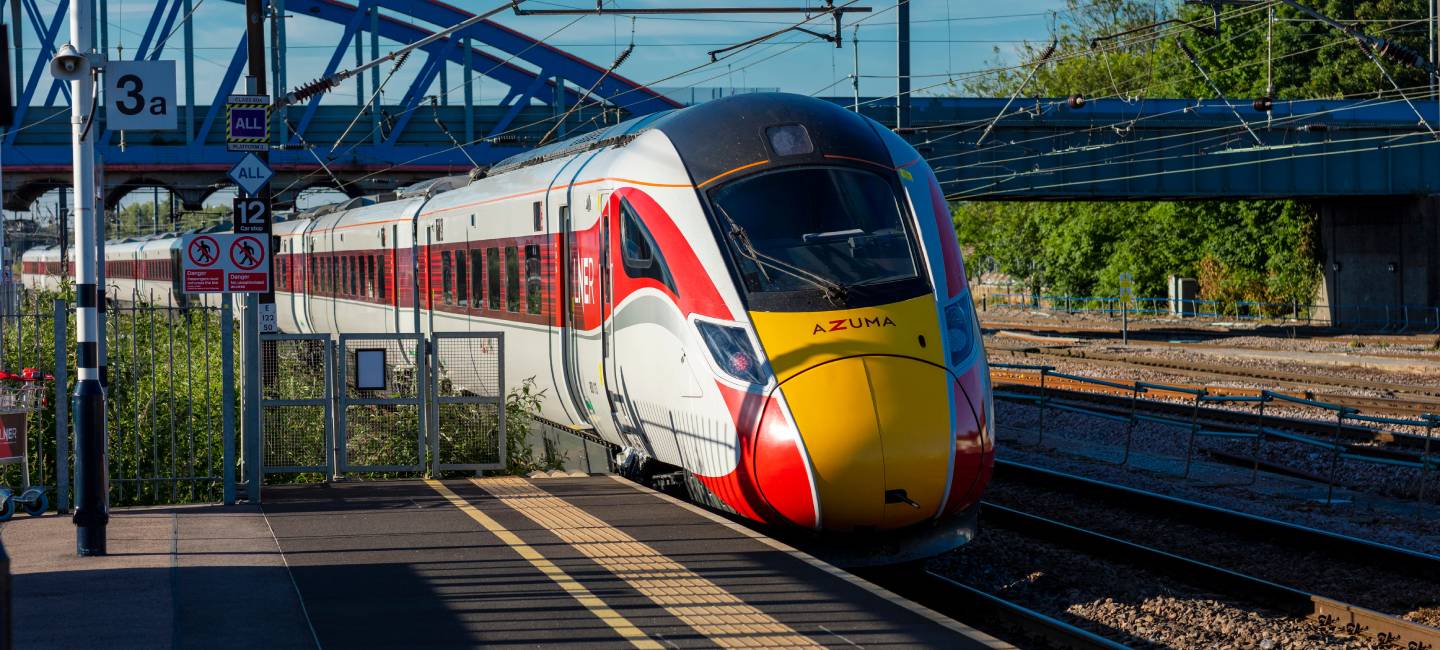
Discover the tools you can use to spend less on train tickets
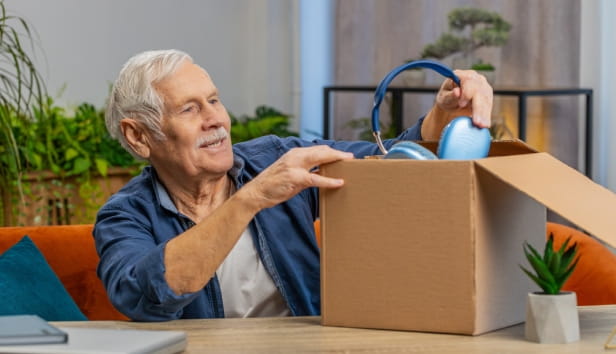
From sales to cashback, here’s how to get more for your money online.

.jpg?la=en&h=354&w=616&hash=653168623B92F3457D40ACA115D37B3E)
